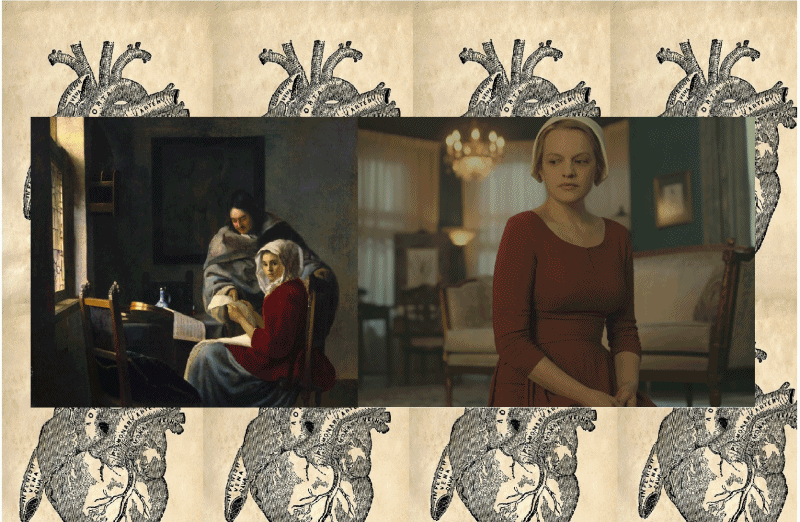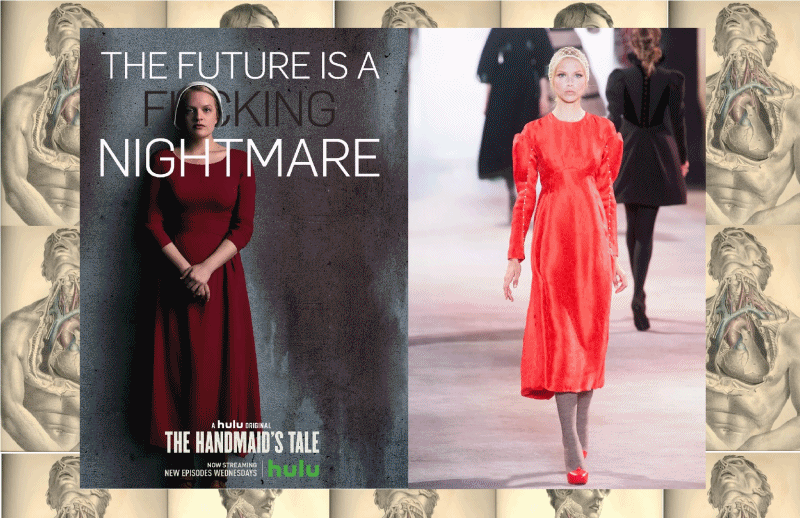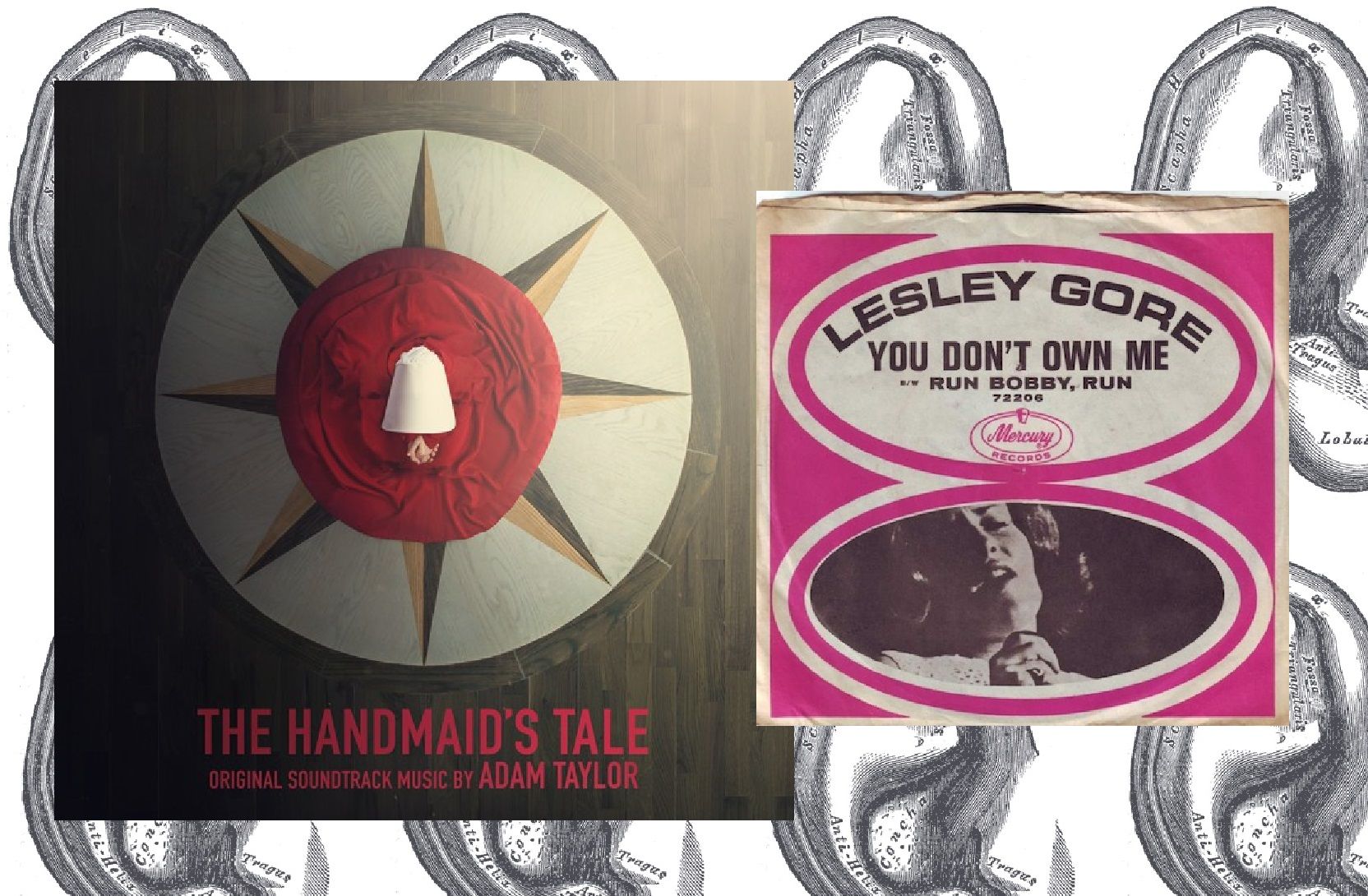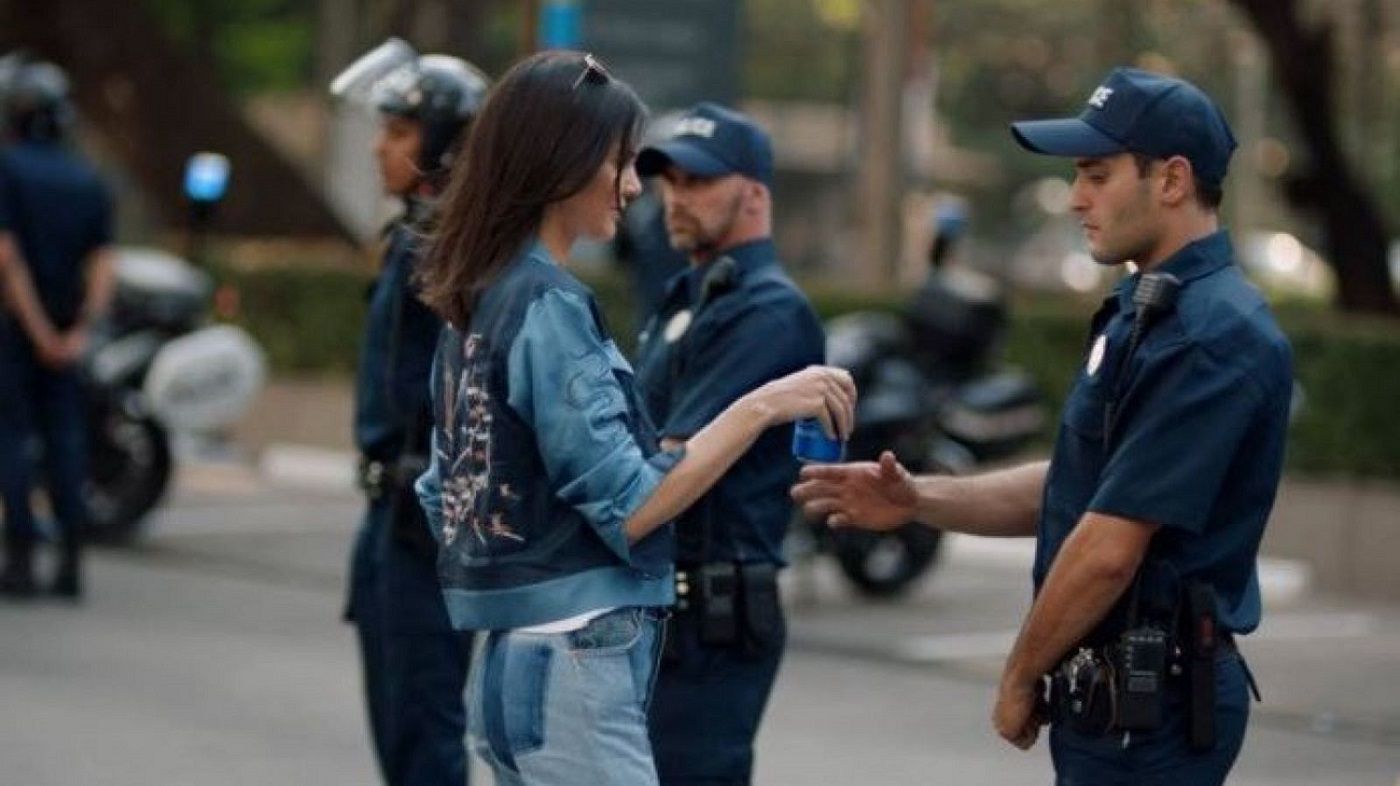
A Netflix Anatomy - The Handmaid’s Tale’s The population is decimated by a toxic environment
2017. The population is decimated by a toxic environment. In the Republic of Gilead women no longer have any rights.
Totally assured of man, private of his identity, bank account, labor, readability, and any other fundamental right to such a degree that he no longer has a proper name. They are called with that of the man to whom they are assigned preceded by the simple preposition of “of”. These non-women have only one hope: to be fertile, because in a world where infertility is dominant, the survival of the species is the true habit of salvation.
If you are old or sterile you are frigate, you can get to the top of “Marthas” rulers, the ruthless “Aunts” figures in charge of re-education and moral rigor or maybe you're fine and you are a “Wife” the wife of one of the masters Govern the state. But if you are fertile and able to procreate you have a hope and you are a “handmaid”. Declined to the only reproductive function, symbolized by a red dress, is the property of the man who possesses it, forced once to be raped with the hope of giving his wife sterile of an offspring.
In this scenario of horror, torture and humiliation takes place in Offred’s story. It is also the story of “The Handmaid’s Tale”, Margaret Atwood’s famous novel, now a television series produced by Hulu.
Elisabeth Moss, known for his role as Peggy Olson in “Mad Men” and Robin Griffin in “Top of the Lake”, but also Alexis Bledel of “Gilmore girl”, here in an unexpectedly brilliant actress’s interpretation.
Feel like: Johannes Vermeer
Under the aesthetic surface of “The Handmaid’s Tale” there is a subtle reference to the work of 17th century Flemish painters, especially that of Johannes Vermeer. There is a trace in costumes, in colors, in scenography. This is confirmed by Colin Watkinson, the director of photography, who emphasizes the pictorial and saturated aspect that makes the reds of the film so pronounced and powerful: “Excellent production design from Julie Berghoff with a defined color palette combined with beautiful soft lighting and enough color contrast gave us a painterly effect reminiscent of Vermeer. Our use of vintage Canon K35 lenses set at an exposure of T2 or wider also enhanced our painterly look”.
Dress like: Ulyana Sergeenko
In Gilead the fashion, in particular the color of the clothes, serves to distinguish the hierarchies. While following this diktat, costume designer Ane Crabtree, already working for “Westworld”, has done a careful research before deciding what to do to the protagonists of “The Handmaid’s Tale”. The inspirations are the most varied: the film version of Atwood’s 1990 book directed by Volker Schlöndorff with Natasha Richardson and Faye Dunaway; The American and world religious cults, in particular the Christian Gloria Community in New Zekanda, the Amish and the Danish Tvind Group; Old paintings by Dutch and Italian masters; The history of female fashion; “Rosemary’s Baby”; Georgia O’Keefe: Comme des Garçons; Hitler; Garimanals mix-and-match sets; Matthew Barney. The final result? The Handmaids wear long red dresses with unbuttoned brown boots so they cannot use them to hang in the jail and headphones, called by the Atwood “white wings”, which blink and hide their gaze. The headdress that recalls Tudor fashion, but also that of Amish and some Korean female style, has been designed to create a light and shadow play on the faces, although its main effect is to amplify the cages in which these women are mentally, physically, emotionally closed. The color that identifies them is red, literally also featured in the name of the protagonist of Offred history, was chosen as a symbol of fertility, menstrual blood, women committing sexual sins, such as Hester Prynne in Nathaniel’s “Scarlet Letter” Hawthorne or Mary Magdalene. The wives, on the contrary, dress in blue, the color associated with the Virgin Mary. More precisely, they wear a particular shade called “teal”, a blue-green, worn out looking at the image of red maple leaves against the sky, which becomes darker depending on the degree of power of the wearer. The Commander’s Wives are the only place in which there is a bit of freedom, at least in style, created by Crabtree with measure, small details, small variations of seams, sizes, folds, woven fabrics. For Marthas, Gilead’s domestic worker class, inspiration is the foreground of a faded fad as if it lost its color, what for costume emotionally reflects their role: they are not fertile, they cannot give birth, but they are women who raise them. Crabtree defines their “domestic Russian communist meets Liz Taylor in the 60s”, ugly, but “cinematically, beautifully ugly.” The fearsome aunts are reserved for olive green color, almost a brown one. Their uniforms born from the sight of a priest in front of the Duomo mixed with the Brazilian divide of the First War World and character played by Bea Arthur in the 70s “All in the Family” sit-com. A small subversive curiosity? The jacket-dress combination, if seen from above, looks like an inverted vagina, a tribute to the feminist work of Judy Chicago “The Dinner Table”. Finally, the Commanders, the power class, wear dark, full-color old school years 50s – 60s that have Alfred Hitchcock’s films as a reference.
Think like: “The Handmaid’s Tale” Margaret Atwood
Margaret Atwood begins to write “The Handmaid’s Tale” in the spring of 1984. She writes by hand on yellow legal paper pads, then transcribes everything with a German typewriter hired for the purpose. At that time she lives in West Berlin, there is still the wall, she breathes air of restraint, control. All this together with the Nazi dictatorship begins to buzz in her head. The turning point comes when this idea adds to the biblical story of Jacob and his two wives, Rachel and Leah, and their two ancestors. A man, four women, twelve children, who belong to wives, not women who gave them birth. So the city of Cambridge, Massachusetts, now home to Harvard University, a once stronghold of Puritanism of the seventeenth century, becomes Gilead. And the story of Offred comes alive, along with one of the most important and meaningful dystopian novels of all time. Margaret Atwood’s work is ranked 37th in the American Library Association’s ranking on the 100 most contested books of the 1990-2000 decade.
Sound like: “You Don't Own Me” by Lesley Gore
“In Gilead, there is no music”. Michael Perlmutter, music supervisor of the series, points out. In this theocratic state born on the ashes of the USA there are few words, few sounds that mark the days. Music is confined to flashbacks, in memories of better times. It is a kind of interior monologue for Offred, an emotional link where to take refuge to not sink into the horror of everyday life. The soundtrack tracks are linked to each other, as Perlmutter explains: “I think the key word here is freedom. And freedom comes in many different forms in music. It can come from speaking your mind, obviously ... it’s borderless, it’s of every different kind of genre, whether it be pop, alternative rock, Brazilian, punk, country. There’s freedom in expression, and I think that’s the key about music itself is freedom of expression … it’s all about what song fits in that moment or what artist could fit in that moment”. So he adds to original pieces made by Adam Taylor the hits of Bob Marley, Blondie, Peaches, Kylie Minogue, Nina Simone, Philip Glass, but are “Do not You (Forget About Me)” by Simple Minds and “You Do not Own Me” of Lesley Gore those that create greater pathos. The first, a piece of the 1980s, seems to remind Offred that, before becoming a slave without a voice, no name, no identity, was someone. She was a person with many names and roles: a student, a professional, a wife and a mother. “Do not You Forget About Me” repeated in his mind is an appeal to itself, June is asking Offred not to forget it. Likewise, “You Do not Own Me” is a powerful hymn to rebellion, a demonstration of strength and power in some grotesque ways when one remembers that the protagonist is trapped is a home that is not her, lives in a body used as others property and thinks thoughts instilled in a coercive manner by government propaganda. This is the soundtrack of “The Handmaid’s Tale”, but there is another sound commentary, used by Elisabeth Moss to build her character. In a recent interview, the actress has unveiled her playlists. For Offred she has listened to many orchestral pieces by Max Richter, Clint Mansell, Philip Glass, but also Radiohead “Burn the Witch”; For June the music is more contemporary: Radiohead, Allman Brown’s “Sons And Daughters”, Elliot Moss’s “Slip” and Muse’s “Madness”.
Taste like: organic food
Love like: the rebellion
“The Handmaid’s Tale” is at times unsustainable. Species if you are a woman, but it should be so for every human being. No rights, no voice, no identity. She is afraid, more than any horror. Because it is possible, real. It happens every day in parts of the world, always, but we hope not forever. And whether this show or the homonymous book should have a merit is to be a warning, remind us to act and not to remain motionless to watch when our rights are threatened. As they did on March 20, a group of women dressed by Handmaids in Texas to protest the discussion of anti-abortion measures.





















































